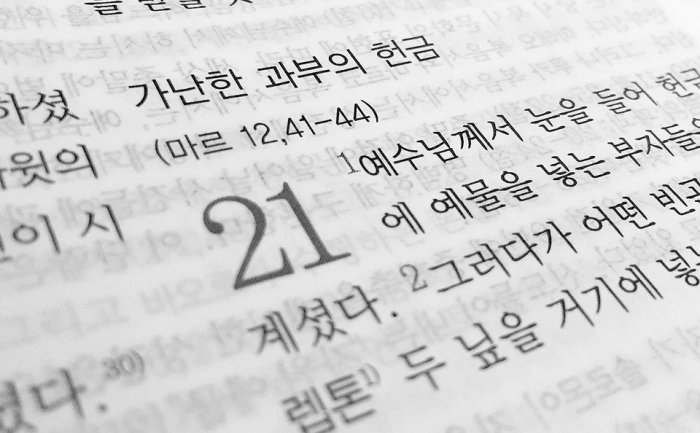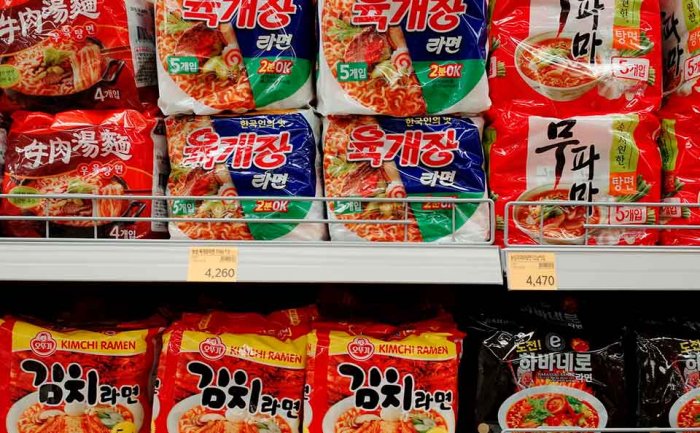Help

The English version of this article was written by Kevin Morehouse, language coach and teacher, on a journey to make the world a more multilingual place and member of the LucaLampariello.com team.
While much of the western world relies on the twenty-plus letters of the Latin alphabet, China, Japan, and Korea are different—China uses a collection of thousands of drawing-like glyphs, Japan uses those same glyphs and supplements them with two syllabaries, and Korea uses a different system entirely.
If that's you, then I've got great news: learning Korean
In fact, it shouldn't even take you hours.
In this article, I'm going to lay out a roadmap that you can use to learn the Korean writing system today, even if you don't know a word of Korean. I'm not going to teach it to you outright, but rather I'll lead you through the tools and resources that will help you get the job done quicker than even you think is possible.
Let's get started.
Step 1: Learn the Basic Shapes

Learning Vowels
When learning the Korean writing system, the best place to begin is with the easiest of the easy: the vowels.
All Korean vowels are written as a combination of three possible components:
1. One or two vertical lines
2. A dash (originally a dot)
3. A horizontal line
Seriously, that's it.
That short list of components makes up every vowel in the language.
ㅣ, ㅓ, ㅏ, ㅔ, ㅐ, ㅡ, ㅗ, ㅜ
For those symbols which contain a dash, adding a second dash adds something called a glide (roughly a "y" sound, for English speakers) to the beginning of the original vowel.
ㅕ, ㅑ, ㅖ, ㅒ, ㅛ, ㅠ
ㅜ + ㅣ = ㅟ ㅜ + ㅔ = ㅞ ㅗ + ㅐ = ㅙ ㅗ + ㅏ = ㅘ ㅜ + ㅓ = ㅝ ㅡ + ㅣ = ㅢ
So that's it. That's literally all the symbols for vowels and vowel-like sounds used in modern Korean. Twenty "letters" that are just recombinations of three types of lines.
Here are two short videos that will walk you through the pronunciation of all of the vowel symbols described above:
Korean Vowels - Basic
Korean Diphthongs - Compound/Complex Vowels
Learning Consonants
Let me lead you through the symbols you will encounter for Korean consonants. Again, don't worry about the sounds for now. Just focus on the pieces, and how different elements can be added to a symbol to change the sound.
First off, there are 9 shapes that make up the basic consonants:
ㄱ ㄴ ㄷ ㄹ ㅁ ㅂ ㅅ ㅇ ㅈ
For example, some of these consonants can be "doubled", creating a tense sound. These are often referred to as "double consonants".
ㄲ, ㄸ, ㅃ, ㅉ, ㅆ
Adding one (or more) lines to several of these symbols creates aspirated versions of these consonants, which are simply the same consonants accompanied by more air flow out of the mouth when pronounced.
ㅋ, ㅌ, ㅍ, ㅎ, ㅊ
Here's a video that will lead you through pairing each symbol with its equivalent sound:
Step 2: Learn Simple Syllables

Building Syllable Blocks
Now that you've been introduced to all of the Korean consonant and vowel symbols, we can learn one of the most interesting aspects of the Korean writing system: how the symbols fit together.
You see, Korean hangul doesn't work like most alphabets or even character systems.
For example, to convey the word
C + A + T = CAT
Take the name of the writing system itself, hangul:
These are the symbols that comprise the word in Korean:
ㅎ, ㅏ, ㄴ, ㄱ, ㅡ, ㄹ
Instead, Korean symbols within words are grouped into "syllable blocks". The symbols that make a syllable in Korean are grouped into a roughly square-like shape, and ordered from left to right, and top to bottom.
So, taken syllable by syllable, hangul goes from:
ㅎ + ㅏ + ㄴ = 한 ㄱ + ㅡ + ㄹ = 글
한 + 글 = 한글
Practicing Simple Syllables
Once you know the individual symbols for vowels and consonants, in addition to how they are organized into syllable blocks, it's time to practice reading simple syllable blocks, consisting of only one consonant and one vowel.
I recommend starting with a chart similar to the alphabet chart that is used to teach English speaking children their ABCs.
The only difference here is that instead of your ABCs, you'll be learning your 가나다라마바사.

Practicing Complex Syllables
Unlike languages such as Japanese, Korean syllables aren't all limited to simple consonant + vowel (CV) pairs.
Korean syllables can also contain additional consonants after the vowel, resulting in a consonant + vowel + consonant (CVC) or consonant + vowel + consonant + consonant (CVCC) structure.
For example, here is the word for horse (
ㅁ + ㅏ + ㄹ = 말
ㅅ + ㅏ + ㄹ + ㅁ = 삶
Unfortunately, this is where pronunciation can get a little extra tricky, as well.
Consonants that follow vowels in a syllable block are known in Korean as
Final Consonants (받침)
All about 받침(Batchim) - Part 1
All about 받침(Batchim) - Part 2
Taking Your 한글 Skills to the Next Level
At this point, you've learned the following key aspects of
- Vowels
Glides
Diphthongs
- Consonants
Aspirated consonants
Double consonants
- Final consonants (
At minimum, you should be able to semi-reliably read (that is, sound out, not understand) any Korean word you come across.
Here are a couple of things you can work on for the future, as your Korean skills grow:
Pronunciation
Though you can now recognize all of the letters in the Korean alphabet, you probably need a lot more practice pronouncing the Korean sounds that go with those letters.
Don't worry, this is quite normal. For English speakers (and speakers of most western languages), Korean pronunciation is usually the hardest part of the language learning process.
Here are a few to start with:
YouTube - Motivate Korean - Improve Your Korean Pronunciation Playlist
Korean Pronunciation Guide
Handwriting and Typing
Now that you can read and recognize the symbols of the Korean alphabet, you'll probably want to use them to communicate through writing.
In that case, you can learn to handwrite Korean, type it on a computer, or both.
Have you learned to read and write Korean? Share your experience in the comments!
Related topics:
- What is ERASMUS + ?
- How to Practice Active Listening Effectively
- Tips on learning Chinese characters
- Why must you learn from your mistakes when you study a new language?
- From B to C: How to Become Proficient in Any Language (part 2)
Comments
 7
7
 1
All
1
All
 | cdraustraliaorgLast month Hello Canadian Engineers! Are you looking for expert APEGA CBA Writing Services in Alberta, Canada? Trust the professionals at CDRAustralia.Org to help you achieve a successful career. We are dedicated to offering you a positive skills assessment for APEGA CBA Canada, providing outstanding writing services with a 100% approval guarantee. |
 English
English | GuestxMarch 2025 The true beauty of a wedding ring lies not in its material but in the love and blue diamond dedication it represents. It serves as a lifelong token of affection, trust, and an unbreakable connection between partners. |
 English
English | GuestxMarch 2025 A well-chosen ring, bracelet, or necklace can elevate any outfit, making it look more polished and sophisticated. Beyond aesthetics, how to measure ring size jewelry also holds sentimental value, especially when passed down through generations. |
 English
English | GuestxMarch 2025 Digital marketers use powerful tools and technologies to create compelling content, technical seo services texas optimize advertising strategies, and measure performance. Their expertise in search engine algorithms ensures higher rankings and visibility for websites. |
 English
English | GuestxMarch 2025 Their presence alone can discourage criminal activities and promote a sense of order. Additionally, security services in california assist with customer service by providing directions and ensuring that visitors follow safety protocols. |
 English
English | GuestxMarch 2025 High quality fabrics used in their construction ensure durability and breathability, thobes for men allowing for year-round wear. Their modest yet stylish design makes them suitable for formal events, religious gatherings, and casual outings. |
 English
English | GuestxMarch 2025 Investing in experts guarantees quality, safety, and long-term satisfaction. When it comes to roof repairs and installations, hiring roofing companies in edmonton alberta a professional roofing expert company is the best decision. |
 English
English














































 Source: Kevin Morehouse (LucaLampariello.com)
Source: Kevin Morehouse (LucaLampariello.com)